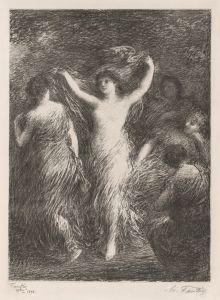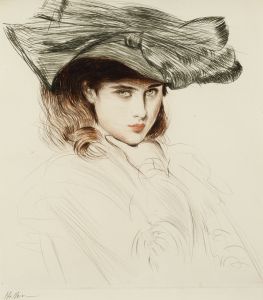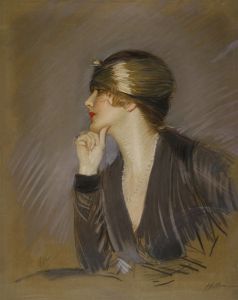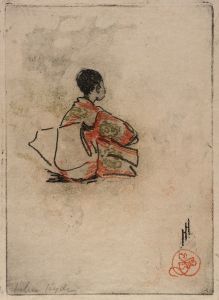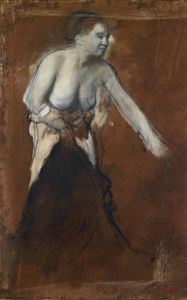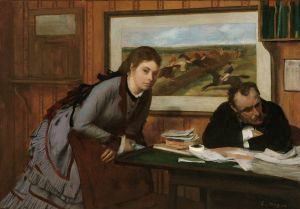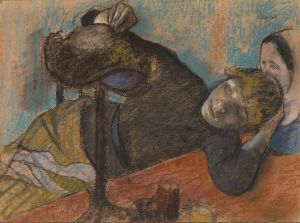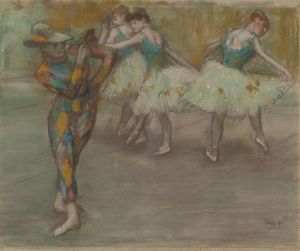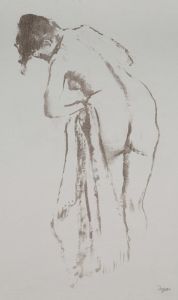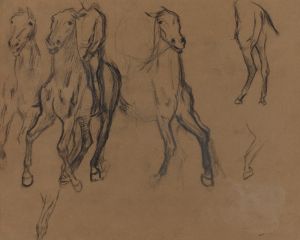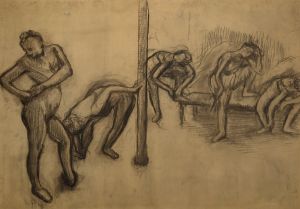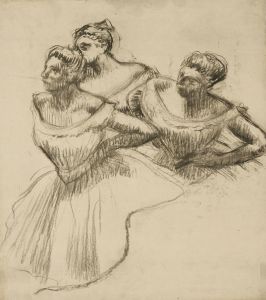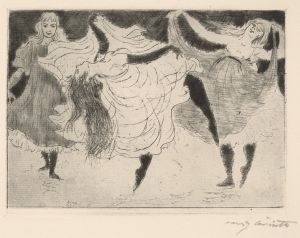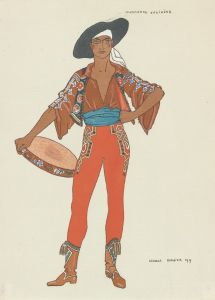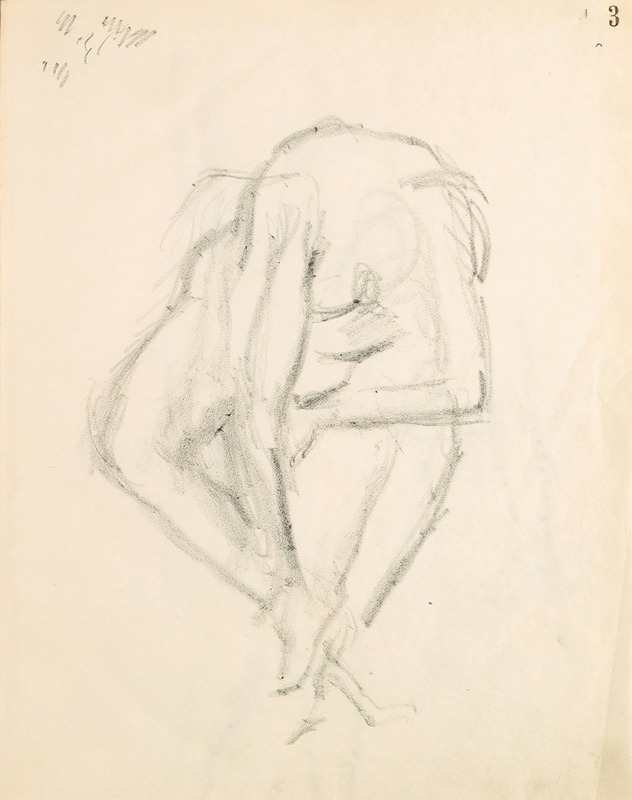
Figure Studies 2
A hand-painted replica of Edgar Degas’s masterpiece Figure Studies 2, meticulously crafted by professional artists to capture the true essence of the original. Each piece is created with museum-quality canvas and rare mineral pigments, carefully painted by experienced artists with delicate brushstrokes and rich, layered colors to perfectly recreate the texture of the original artwork. Unlike machine-printed reproductions, this hand-painted version brings the painting to life, infused with the artist’s emotions and skill in every stroke. Whether for personal collection or home decoration, it instantly elevates the artistic atmosphere of any space.
Edgar Degas, a prominent French artist associated with the Impressionist movement, is renowned for his innovative approach to depicting the human form, particularly through his studies of dancers and bathers. One of his works, "Figure Studies 2," exemplifies his mastery in capturing the nuances of human anatomy and movement.
"Figure Studies 2" is a drawing that showcases Degas's skill in rendering the human body with precision and sensitivity. Although specific details about this particular piece are scarce, it is consistent with Degas's broader body of work, which often focused on the exploration of the human figure in various poses and activities. His figure studies were typically executed in mediums such as charcoal, pastel, and pencil, allowing him to experiment with line, form, and shading.
Degas's interest in figure studies was deeply influenced by his academic training and his admiration for classical art. He studied at the École des Beaux-Arts in Paris and was heavily influenced by the works of the Old Masters, which is evident in his meticulous attention to detail and composition. However, Degas diverged from traditional academic approaches by incorporating modern subjects and experimenting with unconventional perspectives and compositions.
Throughout his career, Degas was fascinated by the movement and grace of the human body, which is reflected in his numerous studies of dancers, bathers, and everyday people. His figure studies often served as preparatory works for larger compositions, allowing him to explore different poses and gestures. These studies reveal his keen observational skills and his ability to convey the dynamism and fluidity of the human form.
Degas's approach to figure studies was also characterized by his use of unconventional viewpoints and cropping, which added a sense of immediacy and intimacy to his works. This technique was influenced by the advent of photography, which Degas embraced as a tool for capturing fleeting moments and unusual angles. His figure studies often exhibit a sense of spontaneity and movement, capturing the essence of the subject rather than focusing solely on anatomical accuracy.
In addition to his technical prowess, Degas's figure studies are notable for their psychological depth. He had a unique ability to capture the inner life of his subjects, often portraying them in moments of introspection or vulnerability. This aspect of his work has contributed to his reputation as a master of modern art, whose influence extends beyond the Impressionist movement.
While "Figure Studies 2" may not be as widely recognized as some of Degas's other works, it is an integral part of his artistic exploration of the human form. Through his figure studies, Degas not only advanced the techniques of drawing and composition but also offered a profound insight into the human condition, making him one of the most celebrated artists of his time.





